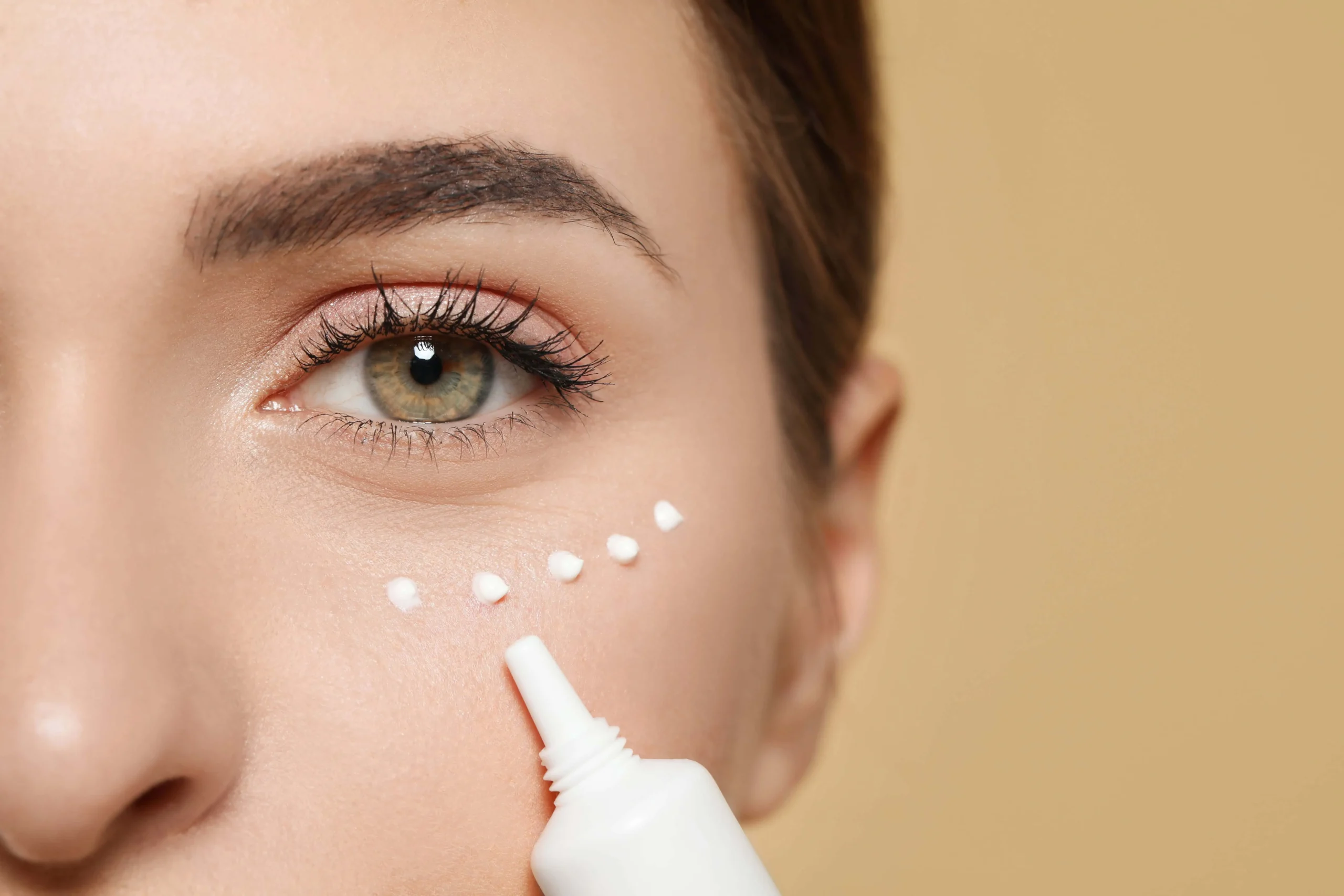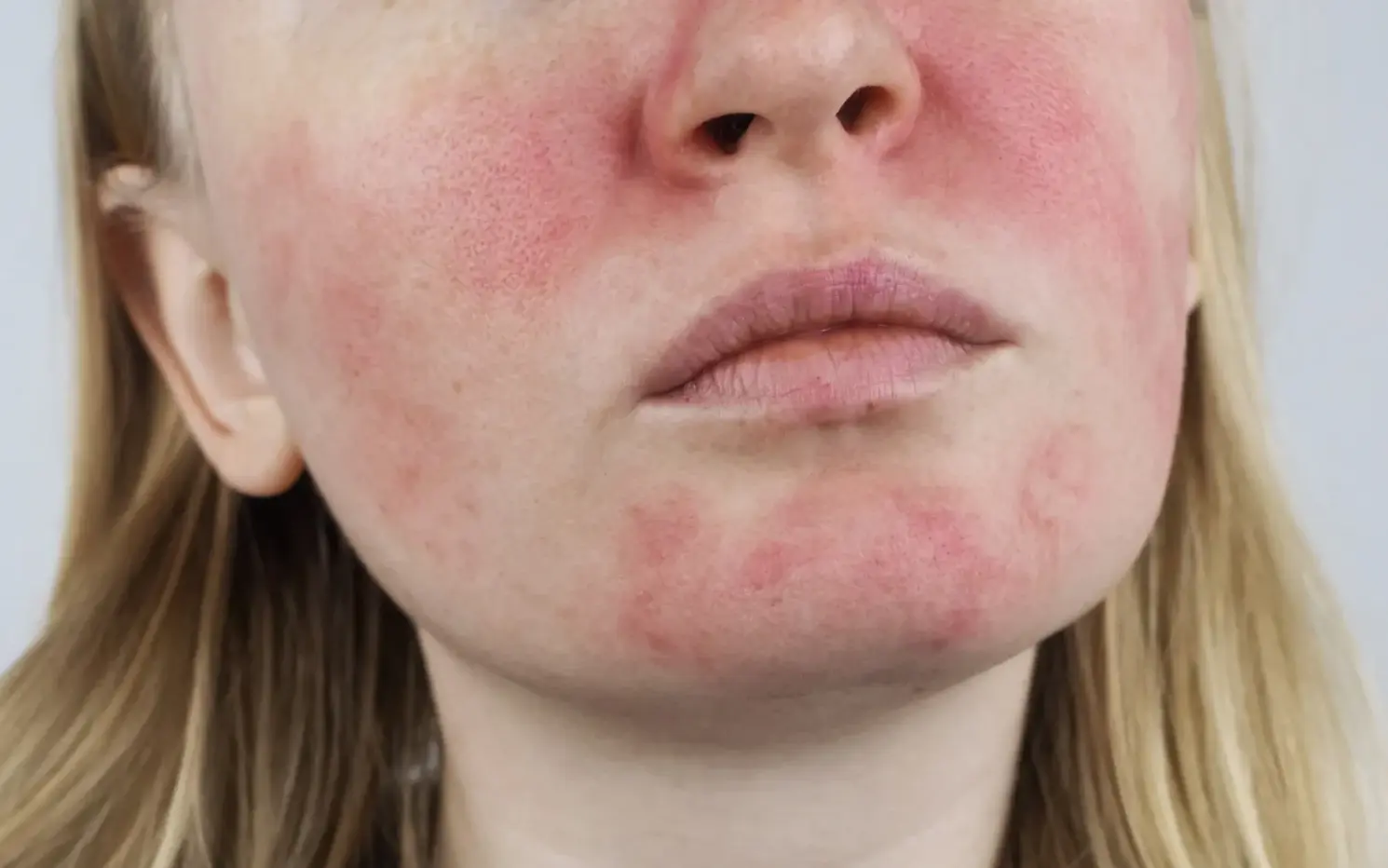Table of Contents
If you’ve got sensitive skin, you’ve probably heard the advice to steer clear of anything “harsh” or packed with active ingredients. The idea makes sense: why risk irritation when your skin is already prone to redness, dryness, or breakouts? But avoiding active ingredients altogether might actually hold you back from getting the healthy, balanced skin you want.
Let’s dive into why this myth isn’t the best advice for sensitive skin and how you can use active ingredients wisely without wreaking havoc on your complexion.
Why People Believe the Myth
Sensitive skin is often reactive to certain products, so it’s easy to understand why people are told to avoid active ingredients like retinoids, acids, or vitamin C. These ingredients can cause tingling, redness, or peeling if not used properly, especially on already delicate skin. The natural response? Play it safe and stick to simple, no-frills products.
But this approach leaves out an important fact: not all active ingredients are bad for sensitive skin. In fact, some can actually help soothe and improve sensitive skin over time.
What Active Ingredients Really Do
Active ingredients are the workhorses of skincare. They address specific concerns like acne, aging, hyperpigmentation, and inflammation. While it’s true that some actives can be strong, it’s all about finding the right type and concentration for your skin type. Even sensitive skin can benefit from ingredients like:
Niacinamide: This is a favorite for sensitive skin. It helps reduce redness, strengthens the skin barrier, and even hydrates. Plus, it’s anti-inflammatory, making it ideal for calming irritation.
Hyaluronic Acid: This powerhouse hydrator pulls moisture into the skin without causing irritation, making it perfect for all skin types, especially sensitive.
Azelaic Acid: Known for being gentle yet effective, azelaic acid helps with redness, inflammation, and even acne. It’s a go-to for sensitive skin conditions like rosacea.
Centella Asiatica (Cica): An ingredient that’s more about soothing than fighting, cica helps repair and calm sensitive skin, promoting healing and reducing irritation.
While retinoids and exfoliating acids (like AHAs or BHAs) can be more aggressive, using them at lower concentrations or incorporating them slowly into your routine can allow you to experience their benefits without the dreaded irritation.
Why Sensitive Skin Needs Active Ingredients
If you’ve been avoiding actives altogether, you might be missing out on improving your skin’s overall health. Sensitive skin often has a compromised moisture barrier, which makes it more prone to irritation, dryness, and breakouts. Active ingredients like niacinamide or ceramides help strengthen that barrier, making your skin more resilient over time.
In addition, many people with sensitive skin deal with chronic redness, uneven texture, or acne. Certain active ingredients, used properly, can help treat these concerns and actually reduce sensitivity by targeting the underlying issues.
How to Safely Introduce Actives to Sensitive Skin
If you’ve got sensitive skin but want to try using active ingredients, the key is to start slow and be patient. Here’s how to do it right:
Patch test first: Before applying a new product to your face, test it on a small area, like your wrist or behind your ear, to see if your skin reacts.
Start low and go slow: Choose products with lower concentrations of active ingredients and introduce them gradually. Try using them every other day or just a few times a week at first, then slowly increase frequency if your skin tolerates it.
Focus on hydration and barrier repair: Always pair actives with hydrating and barrier-strengthening ingredients like hyaluronic acid, ceramides, and soothing moisturizers. This will help minimize any irritation and keep your skin balanced.
Don’t mix too many actives at once: Combining multiple actives—especially ones like retinoids, acids, or vitamin C—can be overwhelming for sensitive skin. Stick to one at a time and give your skin a chance to adjust before adding anything new.
Listen to your skin: If you notice any signs of irritation (redness, stinging, peeling), take a step back and reduce the frequency of use. It’s better to go slow than to push through and cause damage.
Final Thoughts
Sensitive skin doesn’t mean you need to avoid active ingredients altogether. It’s about being smart with your choices and giving your skin time to adapt. By introducing the right actives in the right way, you can strengthen your skin, tackle concerns like redness or acne, and even make it less sensitive in the long run. So, don’t be afraid to embrace the power of actives—just take it one step at a time!





